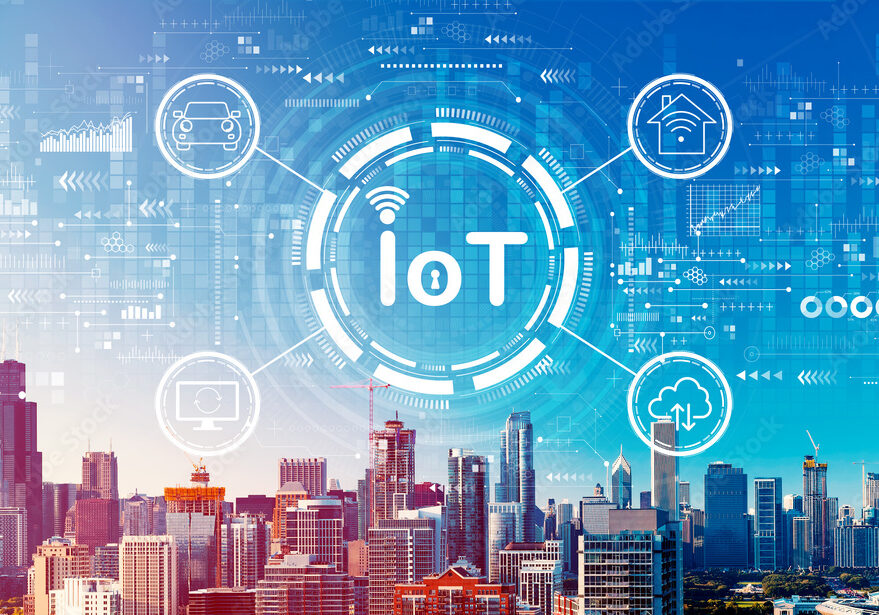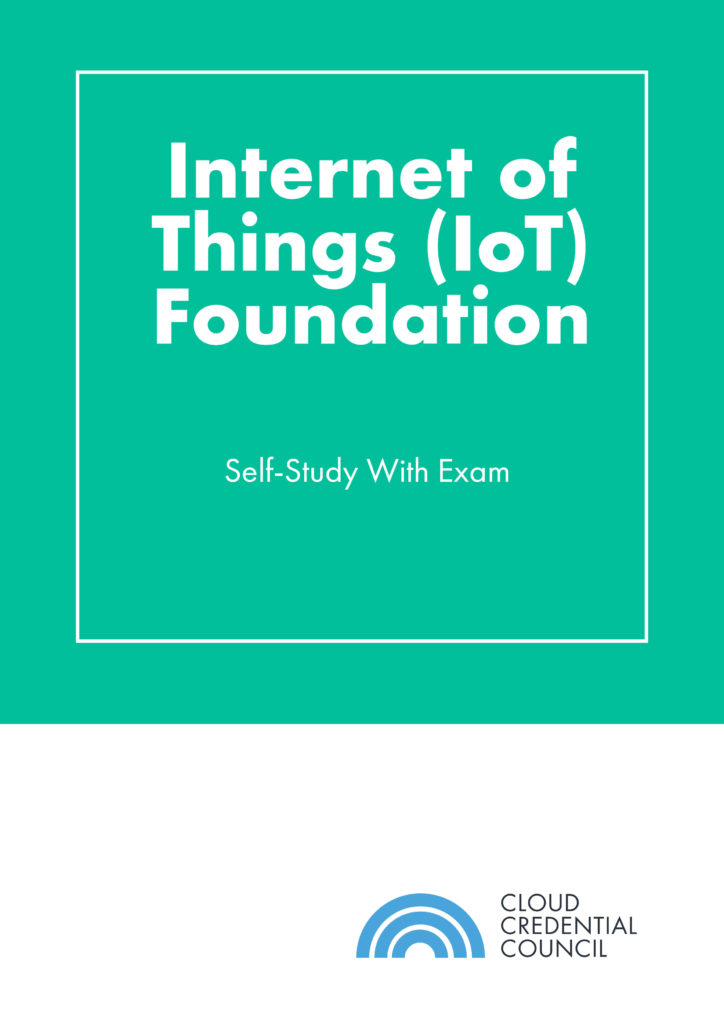How To Build Cognitive IoT Applications Using Rules Engine

Swaropp Oggu

The Internet of Things is here to stay. This is due to the advancements in many interrelated sectors such as Industry 4.0 in industrial settings, and home or office automation processes. Across these industries, IoT and its corresponding hardware and software applications provide the solutions for developing interconnected environments where data is captured, analyzed, and utilized to achieve common goals.
Every IoT implementation process consists of three important factors. These are:
- The IoT hardware for physical deployment
- IoT software with the capacity to understand, reason, learn and take corresponding actions
- IoT network which consists of the interconnected cyber-physical system
Within this implementation framework, the specific actions to be taken with the collected or captured data defines the use case for the IoT model. Without the ability to take action, every IoT strategy will simply capture and visualize data. Thus, building cognitive IoT applications with the ability to provide solutions to specific real-world problems is the basis for every IoT project.
Table of Contents
But What Exactly Are Cognitive IoT Applications?
There are multiple definitions of Cognitive IoT applications and cognitive IoT. The simplest definition is the development of connected things that think. A more expansive explanation of cognitive IoT applications would see it is a system that is capable of capturing both structured and unstructured data to derive meaning from it to take specific actions.
If complete industrial automation or domestic automation is to be achieved, then cognitive IoT applications must be developed by both vendors and enterprises seeking to harness the power of connected systems. Today, approximately 70% of IoT initiatives fail. This is because while many can develop a connected device environment, getting the environment to take cognitive action requires intelligent effort and an expert system program that employs logic. This is where a rules engine comes into the picture.
What is a Rules Engine?
The technical definition of rules engine is of expert systems that analyze collected data and determine if they meet the necessary conditions needed to take specific actions. Thus, a rules engine’s working process involves receiving data captured or collected by IoT devices, running logical analysis which is typified by an ‘if-then’ statement, and taking specific actions based on the results of its analysis.
There are three main components that make up the framework of a rules engine. These components include:
- Message – This refers to the incoming event which generally comes from IoT hardware. These events can be sensor data, RPC requests, or device/equipment life-cycle/work-cycle events.
- Rule Node – The rule node provides the logic the rules engine operates with. The rule node consists of two factors which are condition determined by the received message and action determined by logic.
- Rule Chain – Connected rule nodes receive outbound messages according to the rule chain that defines their connections. Two types of chains are generally used and they are the forward chaining and backward chaining process. Forward chaining starts with analyzing data to achieve a goal while backward reasoning asserts a goal and searches for the data to achieve it.
A basic real-world example of a rules engine’s operations can be seen from a scenario in a manufacturing plant floor. In this scenario, a machine equipped with a temperature sensor is eligible for maintenance only when its temperature reaches the 70º mark. A rules engine collects the temperature data from the sensor and applies an ‘if-then’ logic to the collected data.
If the recorded temperature is 50 degrees, this means it does not meet the condition for scheduled maintenance and the machine can still run. Once it reaches 70º, the rules engine determines that the condition has been met and takes corresponding actions. This action can be to send alert notifications to the operator to shut down and execute an oil change or more complex actions. This also means the rules engine applied a backward rule chain to determine if any action needed to be taken.
Rules engines are flexible. They can be built to model complex logic and take a series of decisions, unlike the basic example provided above. This can be done without having to write any line of code which makes it an important tool for non-technical individuals looking to implement IoT applications.
For more complex IoT applications requiring accurate actions to be taken in real-time phases according to adjustable logic, the required programs or codes for the logic adjustments can be used alongside the rules engine. An example automating the plant watering process within a smart home with multiple sensors that monitor temperature, humidity, lighting exposure, and a watering system.
In this scenario, automating plant care comes with analyzing room temperature, humidity, and light. Thus, the rules-engine must be able to apply expansive logic to determine the actions it needs to take. The rules engine must determine if the room temperature is excessive, humidity is low, and not enough light is coming into the room, as well as, the relationships across these factors to take actions such as getting the watering system to water the plant or simply opening a window blind to let in more sunlight or doing both.

How Rules Engine Automate and Enable Cognitive IoT Applications
First things first, the rules engine gives you the foundation to develop the specific rules your IoT applications need. The building blocks rules engines provide are simplistic which enables non-technical audiences to also take advantage of them. Thus, they provide the basis for developing cognitive IoT applications in the following ways:
- A centralized storage location for cognitive IoT applications – Rules engine serves as a centralized storage location for the rules your diverse IoT applications require. This means every IoT use case or device, no matter how diverse, can access these rules, use and re-use them at need. This also eliminates the need to constantly write code for specific IoT applications.
- Enables high-performing IoT applications – Cognitive IoT applications must be capable of taking actions in real-time which is what automated processes require to function. Rules engine makes this possible through the logic-based pattern matching and intuitive conflict-resolution algorithms integrated within it.
- Versatility to manage changing requirements – With rules engine, the need to write code for frequently changing requirements has been made obsolete. The ability to simply update rules bring enhanced versatility to IoT applications with changing requirements.
- Enables real-time actions – Taking action is the hallmark of a cognitive IoT application and rules engine enables this through alerts and email notifications that are triggered when important events occur in the real world or within environments an IoT application monitors.
- Manages and aggregates IoT data – IoT networks with multiple IoT devices produce large data sets that must be processed to receive the insight contained within them. Rules engine enables IoT applications to process and analyze collected data according to specified rules. Thus providing the insight needed to optimize specific operations.
Final Remarks
To reduce the failure rate of IoT applications, rules engine serves as a powerful tool for bringing cognition to IoT. Cognitive IoT also aims to simplify human-machine interactions by ensuring our IoT devices interact with us using the language we understand. Thus, democratizing IoT for everyone.
Courses to help you get
results with IoT
Internet Of Things (IoT) Foundation™ 2
The industry-recognized CCC Internet of Things Foundation ensures you are ready to add value to organizations of diverse industries and dimensions. It does so through highly interactive and thought-provoking discussions which focus on: Group exploration and debates Lab exercises which allow learners to experience IoT applications Case study scenarios for IoT End of Module questions
Never miss an interesting article
Get our latest news, tutorials, guides, tips & deals delivered to your inbox.
Keep learning




